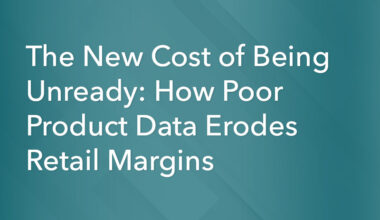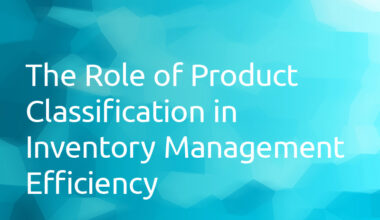In the e-commerce ecosystem, where countless products vie for consumer attention, the ability to aggregate and make sense of vast amounts of product data can be the dividing line between success and stagnation. Product data aggregation is more than just a technical term; it’s a powerful strategy that can propel e-commerce enterprises ahead. Let’s delve into its potential and see how it acts as a catalyst for e-commerce success.
What is Product Data Aggregation?
Product data aggregation is the process of collecting, organizing, and managing product information from various sources to present it in a coherent, unified manner. It includes details like product specifications, prices, reviews, images, and more. The primary aim is to provide accurate and consistent product data across all touchpoints in the e-commerce journey.
The Advantages of Aggregating Product Data
- Enhanced Customer Experience: A uniform presentation of product data ensures that customers receive consistent information, regardless of where they interact with your brand. This consistency can significantly boost trust and customer satisfaction.
- Informed Decision Making: By having a comprehensive view of all product data, businesses can make more informed decisions about pricing, promotions, inventory management, and marketing strategies.
- Optimized Product Discovery: With aggregated data, search and recommendation engines work more effectively, guiding users to the products they desire faster and more accurately.
- Scalability and Expansion: As businesses grow, the number of products and SKUs often expand. A robust aggregation system ensures that businesses can handle this growth seamlessly.
The Role of Technology
Modern product data aggregation is heavily reliant on technology. Advanced tools and platforms can automatically pull data from diverse sources, standardize it, and ensure its accuracy. This not only reduces manual effort but also minimizes errors that can creep in due to human intervention.
Challenges in Product Data Aggregation and Their Solutions
- Inconsistent Data Formats: Different suppliers or sources might provide data in varying formats. Solution: Use robust data transformation tools to convert diverse formats into a standardized one.
- Data Accuracy Issues: Aggregating data from multiple sources can sometimes lead to discrepancies. Solution: Implement data validation checks and regularly audit data for quality.
- Real-time Data Updates: The dynamic nature of e-commerce requires that product data be continually updated. Solution: Invest in systems that allow for real-time or near-real-time data synchronization.
In a world where data drives decisions, the power of product data aggregation cannot be understated. For e-commerce businesses, this is more than a backend operation; it’s a strategy that can define the user experience and the overall success of the enterprise. By recognizing its potential and implementing it effectively, e-commerce businesses can set themselves on a trajectory of growth, customer satisfaction, and increased profitability.
Ready to harness the power of product data aggregation for your e-commerce success? geekspeak Commerce is here to help you unlock the potential of this game-changing strategy. If you’re looking to boost your e-commerce enterprise, reach out to us today to discuss how our services can make a real difference. Let’s talk about how product data aggregation can propel your business ahead in the competitive e-commerce landscape.
 1.416.619.5349 Ext.325
1.416.619.5349 Ext.325 







